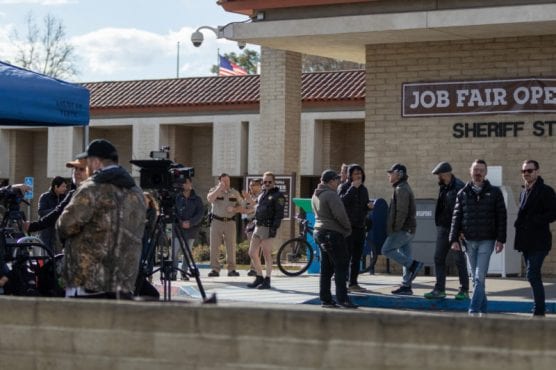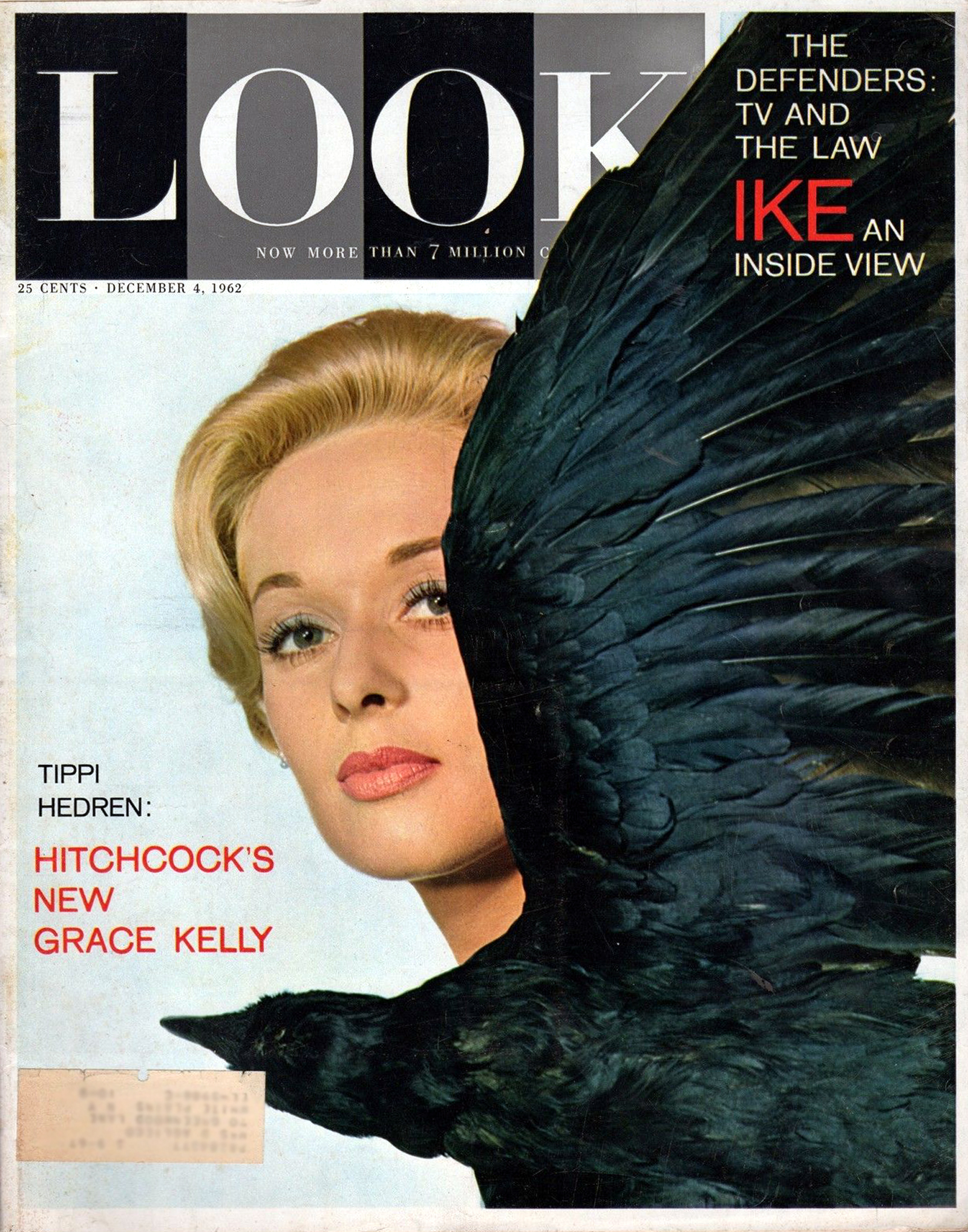It was less than six months ago that cameras were rolling on film and TV productions all over the SCV, but it seems like much, much longer.
The January issue of the Santa Clarita Valley Business Journal hosted a roundtable discussion with a few of the leaders in the SCV filming industry.
One of the topics was another record-breaking year in terms of filming revenue for the city of Santa Clarita, which has prided itself on being a home to world-class productions decades before the famed “Thirty Mile Zone,” or TMZ as it’s now commonly referred to, was created. (The TMZ refers to the area stretching about 30 miles out from the intersection of West Beverly and North La Cienega boulevards, and Santa Clarita is included in this territory.)
The following month, the Oscars celebrated a handful of SCV productions that were nominated, including “Once Upon a Time in Hollywood” and “Ad Astra,” which were both filmed locally.
And then March 20, the filming industry, like countless others, came to a grinding halt.
“People are trying to come up with plans for filming,” said Stuart Waldman, president of the Valley Industry and Commerce Association, who’s also hosted several productions at his home. “When you have these large sets with 100-plus people at any given time, ‘How do you still function?’” he said, citing the issue all of the big-budget production managers are dealing with at the moment.
Changes coming
Gov. Gavin Newsom is expected Monday to announce new, long-anticipated guidelines for how safe filming can resume, although as of this past week, there’s been no date given for when it could reopen.
The impacts so far have been numerous, to people’s livelihood, to fresh content and to future productions, and that’s not expected to stop any time soon.
“There haven’t been any specific timelines, yet,” said FilmLA President Paul Audley, who also noted that as an agency contracting with the city and county of Los Angeles to permit, promote and retain filming, the agency would follow its cue from the Public Health Department. He also acknowledged lots of conversations from the guilds and unions that are discussing their own guidelines, as well, during the hiatus.
“Everybody is looking at everyone else in the world in trying to figure out what’s safe and what’s best for reopening the industry,” Audley said.
Looking for examples
In terms of emerging industry standards for filming, the British Broadcasting Company released guidelines this past Monday for how filming could safely resume for the broadcaster, which operates through a royal charter in the United Kingdom from tax revenues.
The 15-page document covers everything from how information about fighting COVID-19 should be displayed to how to introduce and identify someone who might be at “high risk,” for the person’s protection to encouragement on limiting the number of people involved in a production.
“Key considerations should be: minimize workers needed on site to complete the work activity; maximize technology to enable roles and activities to be done from home and remotely wherever possible; segregate people within the working area to minimize close contact and maintain social distancing as far as possible,” according to the initial BBC guidelines. (The guidelines can be found at bit.ly/FilmingGuidelines.)
And while one might expect the background scenes and support staff to notice a difference in operations, BBC officials are also asking for changes in the on-screen production, also, in the new guidelines.
“Changes to script and scenes to take into account social distancing,” according to the guidelines, which also call for a greater use of “‘green screens’ to ‘down the line’ to support minimizing numbers on production.”
The release also calls for boom or fixed mics to avoid contact and maintain a 6-foot distance, as well as call for performers to, when possible, do their own makeup, in addition to limiting the application of any on-set touch-ups of makeup. The document even mentions smaller details like not to “directly hand over outfits from wardrobe to actors/presenters.”
And in Santa Clarita ….
Evan Thomason, who took part in the now seemingly long-ago Business Journal roundtable as economic development associate for Santa Clarita, who oversees the city’s Film Office, has been leading a crew that was working from home for about two months of the county’s “Safer at Home” order.
Last year, the city brought in an estimated $36 million in revenue to city coffers through impacts associated with filming, which is one of the reasons his team is looking forward to the safe return of the industry.
If the initial discussions bear out, what we could see on our streaming devices the same time next year could be very different indeed, based on what Thomason heard during a more recent roundtable call with agencies similar to his own from around the world.
In addition to the United Kingdom, China and Australia appear to be slightly ahead on the return to filming timeline.
“They’re not writing scenes where people have to be intimate or next to each other … They’re using camera tricks to cheat on proximity,” Thomason said, sharing a few of the suggestions that came from the international call.
“We’re waiting to see like everyone else,” Thomason said. “So when L.A. County allows that particular (permit) use again, we are fully prepared to start issuing permits.”
Like this:
Like Loading...
Related





 Tweet This
Tweet This Facebook
Facebook Digg This
Digg This Bookmark
Bookmark Stumble
Stumble RSS
RSS




























REAL NAMES ONLY: All posters must use their real individual or business name. This applies equally to Twitter account holders who use a nickname.
0 Comments
You can be the first one to leave a comment.